Exploring the Main Types of Weed Seeds
Do you want to start cultivating weed plants? It’s vital to differentiate between the various types of weed seeds, as they determine your yields and the required growing conditions.
The three main categories are regular, feminized, and autoflower seeds. Each group has unique traits and effects. Their life cycles and general needs differ, and cultivators must know which suits their climate and grow environment.
Learn more about the three types to choose the right weed seeds for your objectives. Discover tips to maximize yields and collect an abundant stash of smokable buds.
Types of weed seeds
Let’s proceed.
Feminized seeds
A weed plant’s appearance depends on various factors, including seed quality, growing conditions, and the care it gets. The former is particularly critical, as low-grade seeds don’t develop into healthy crops that produce abundant yields.
Among the types of marijuana seeds, feminized seeds are genetically modified to grow female-only plants that produce buds. Breeders create them by crossing two female plants, forcing one to make pollen like a male to pollinate the other female.
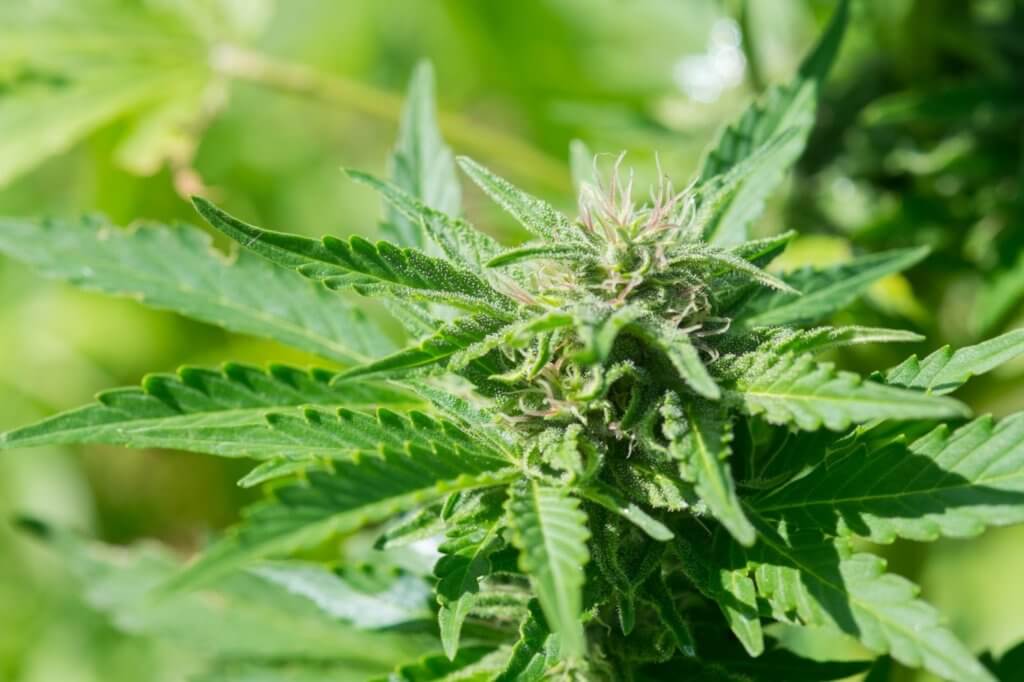
There are two methods to induce pollen sac production and create female seeds. The first technique involves spraying chemicals like colloidal silver to the female bud sites during flowering.
Another way to create feminized seeds is rodelization, where female crops naturally make pollen sacs to self-pollinate. This phenomenon occurs if a plant is stressed or not harvested in time. It produces seeds that mostly end up female.
There’s a minor risk of producing plants with both sexual organs (hermies) when growing feminized seeds, which may result in seeded buds.
When considering the different types of weed seeds, growers prefer feminized ones to avoid non-flowering male crops that may pollinate the females. You save time and money, as you don’t have to identify and remove the pollinators.
You can maximize your efforts and resources by only caring for plants that are guaranteed to produce buds. If you have males, you need to grow twice as many crops to get the yield you want.
As photoperiods, feminized crops grow according to the amount of light exposure, meaning you have control over their size. Growing indoors allows you to adjust how much illumination your plants get, influencing their development.
Autoflower seeds
Autoflower seeds are ideal for growers who want a faster harvest. These plants don’t rely on light cycles to start flowering, unlike photoperiod types of cannabis seeds. The blooming process begins when the crops reach a particular maturity, typically 4–5 weeks from germination.
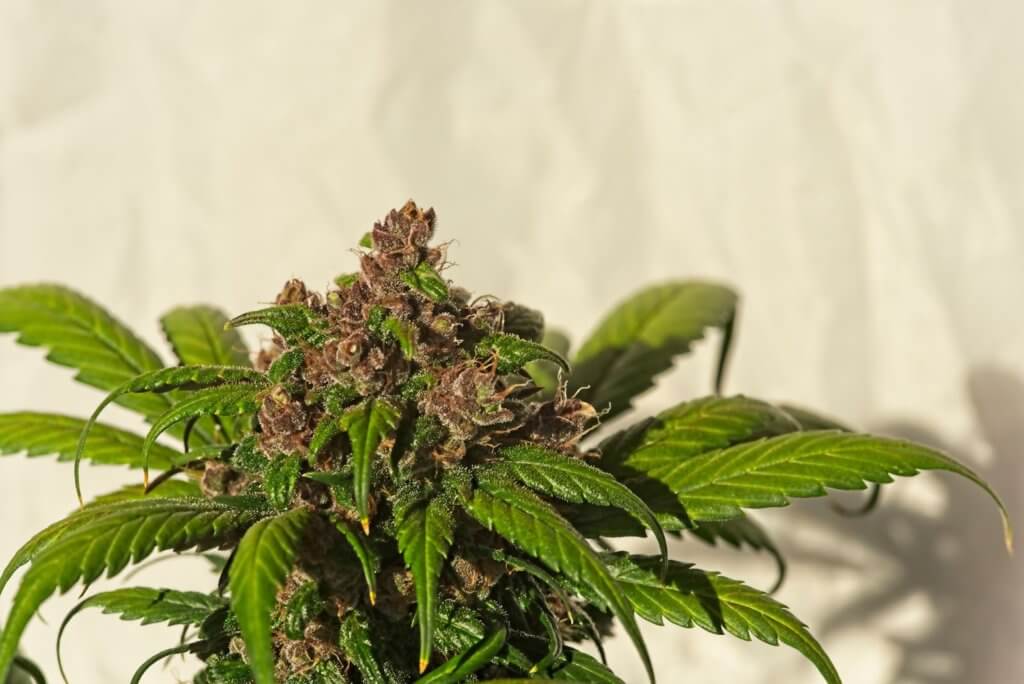
Autos result from crossing indica, sativa, or hybrid strains with a ruderalis, a cannabis cultivar found in harsh climates. It originates in central and eastern Europe, Russia, and the middle of Asia.
There’s a lack of sunlight in these regions during certain parts of the year, affecting the plant’s growth. Ruderalis strains naturally bloom based on their age instead of light cycles.
Autoflowering cannabis plants are generally smaller than photoperiods, making them perfect for growers with a limited growing area.
Among the different types of weed seeds, auto plants’ growth cycles are shorter, typically taking 8–10 weeks from germination to harvest. This phenomenon helps outdoor cultivators collect buds before bad weather hits. Indoor gardeners benefit from growing multiple crops to maximize yields.
Autoflower plants usually don’t grow taller than three feet, making them ideal for discreet cultivation. Due to the robust and resilient ruderalis genetics, autos are less vulnerable to pests and mold.
While autoflowering weed strains offer growers several benefits, it’s vital to consider their drawbacks. A shorter life cycle means autos don’t have sufficient time to recover from stress or mistakes.
The yields from autoflowers are generally lower than plants from other types of marijuana seeds. Being able to harvest multiple crops may make up for the shortfall.
Regular seeds
Regular seeds are 100% natural and have no genetic modifications. The odds of producing male and female plants are 50:50, making them perfect for breeding new cultivars.
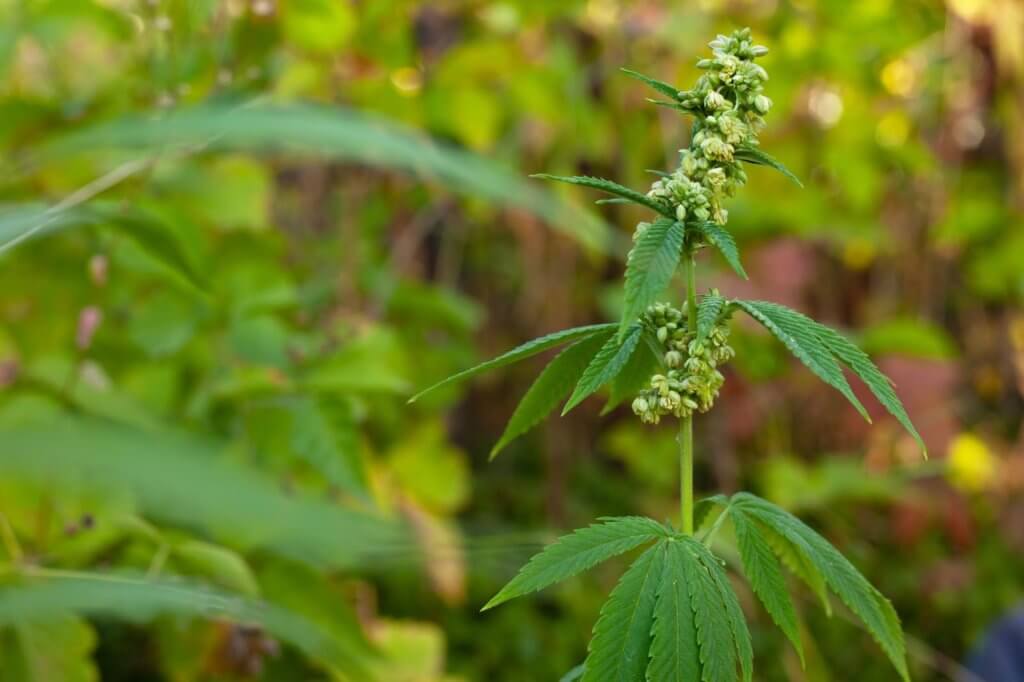
Male marijuana crops make pollen to fertilize females, resulting in new male and female seeds. Crossing males from regular marijuana seeds with females from other strains enables breeders to create unique and diverse cultivars.
Unlike other types of cannabis seeds, regular seeds are typically more affordable, as they don’t undergo manipulation or additional processing.
A disadvantage of using regular seeds for non-breeders is that about half of your plants might end up male and not produce buds. There’s also the hassle of having to remove them before they pollinate the females.
They take up valuable growing space and may fertilize the females, resulting in seed production and reduced potency. You must be vigilant to identify and remove the pollinators before they cause any crop damage.
Fast version seeds
Fast version seeds are one of the newer types of weed seeds in the cannabis market, only surfacing in around 2013. Breeders created these fast varieties to have shorter flowering times than traditional strains.
They’re a cross between autoflowers and photoperiods, enabling them to produce buds rapidly. Although fast version seeds have ruderalis genes, they need a 12/12 light schedule to initiate flowering.
Growers seek these fast-blooming strains for a quicker turnaround time from seed to harvest. They significantly shorten the flowering phase to as little as 6–8 weeks compared to traditional ones that take 8–12 weeks.
Growers can reap multiple harvests in a single growing season, an advantage in regions with shorter summers or colder climates. Cultivators don’t have to wait long to enjoy the fruits of their labor due to the shorter growth process.
While there’s concern that some fast version seeds may deliver lower yields or potency, it depends on their genetics and growing conditions. Advancements in breeding techniques have produced strains that offer high-quality output.
The shorter flowering time minimizes the risk of developing fungus, mold, and mildew. Cultivators in areas with harsh climates protect their crops by harvesting before potentially destructive weather conditions hit. Growing fast version seeds is suitable for beginners.
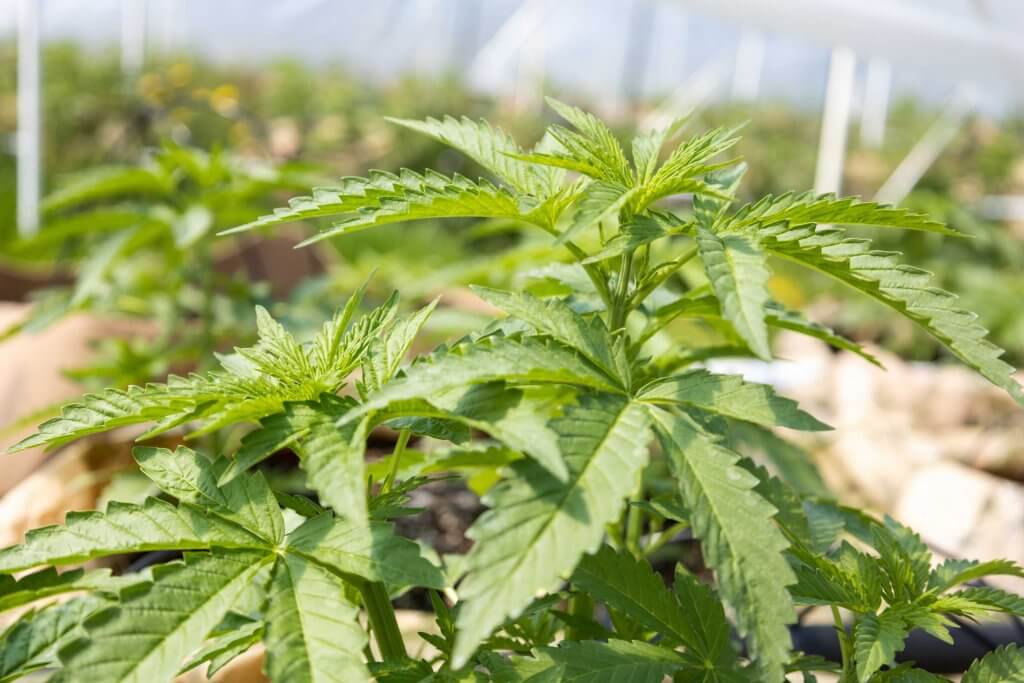
Feminized vs. autoflower vs. regular vs. fast version weed seeds
Besides deciding whether a weed seed is good or bad, consider the three types of weed seeds and their traits:
- Feminized: These genetically modified seeds produce all-female crops that deliver the buds you desire, maximizing the output from your growing space. It’s possible to control your plant’s size by manipulating the light exposure.
- Autoflower: By crossing traditional strains with a ruderalis, you get resilient plants that flower as they mature instead of relying on light cycles. Autos have a short lifespan, enabling you to cultivate multiple crops. Avoid stressing them, as they have little time to recover.
- Regular: If you’re a breeder, these natural seeds are perfect. They produce both genders, so you can create new strains by crossing the males with females of your choice. They’re 100% pure and more affordable than other seeds that undergo additional processes.
- Fast version: A cross between photoperiods and autoflowers, fast flowering strains are perfect for growers who want quick yields and multiple harvests. The shorter blooming period protects your crops from harsh weather and the risk of mold and fungus.
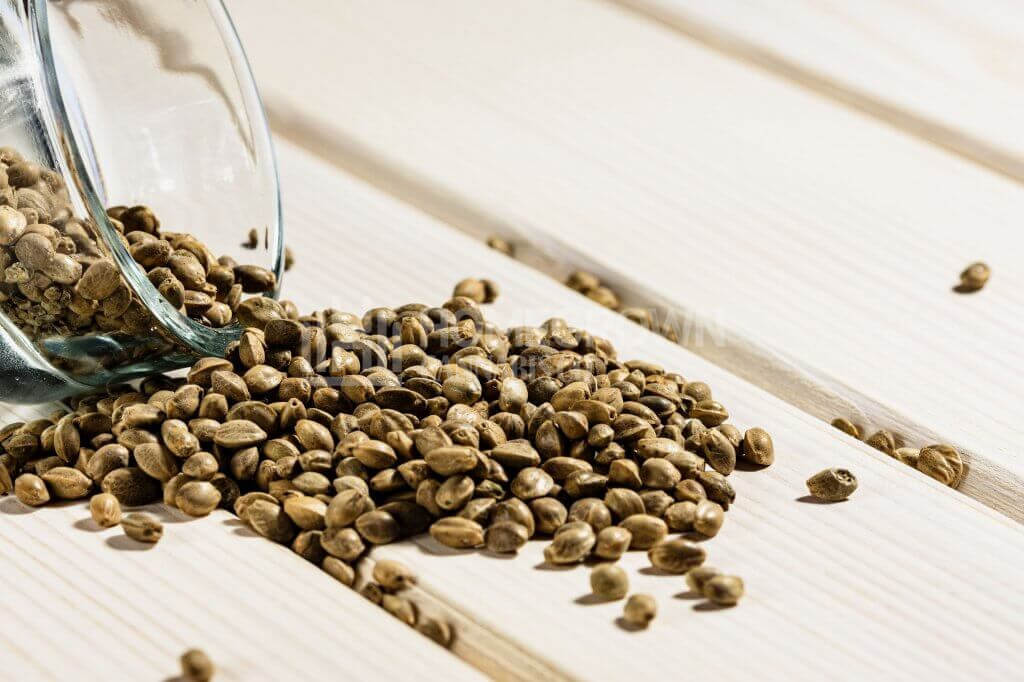
Whichever type you choose, ensure that you only use high-quality seeds. They may cost more, but don’t compromise on price. Low-grade seeds likely won’t grow into healthy plants that produce optimal yields, no matter how much care you give them.
What do weed seeds look like? They’re rarely identical and vary in size, shape, and color. When determining if they’re viable, look at the hue. Brown ones are usually healthy and should develop roots.
If the seeds are green, someone likely harvested them too early and didn’t give them enough time to develop properly. They have a higher risk of not sprouting, so avoid them if you can.
Which is better for germination, white or dark seeds? The lighter shade has a softer shell, while the latter possesses a harder outer layer. Tests show that although the former sprouts faster, both types typically have a 100% success rate.
Which type of marijuana seed is best?
As all types of weed seeds offer unique benefits, the most suitable choice depends on your growing goals, knowledge level, and cultivating conditions. There are pros and cons to each one, so choose carefully.
Remember to use premium-grade cannabis seeds with a high germination success rate. This early life process determines whether you enjoy productive cultivation and reap maximum yields, or end up with disappointing results.
Buy premium marijuana seeds from Homegrown Cannabis Co. to ensure you get the quality you want. We have an extensive collection of feminized, autoflower, and regular seeds. You may even find some rare marijuana seeds.
